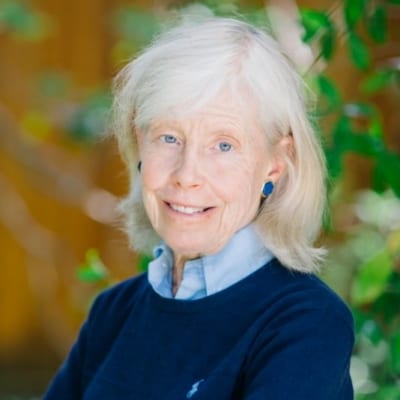LATEST UPDATES
Menu
The legal profession faces two interrelated, slow-burning crises with significant existing and future consequences: an entrenched lack of diversity and an entrenched culture undermining well-being and satisfaction of American lawyers.
Although there are more than 1.3 million lawyers in America, the profession consistently and dramatically fails to reflect the diversity of the people it seeks to serve. In 2020, 86 percent of American lawyers were non-Hispanic whites, down from 89 percent a decade earlier. Women made up 38 percent of the profession in 2022, up only 5 percent from 2012. Only 3.7 percent of law firm lawyers identify as LGBTQ. Only just over 1 percent of lawyers at firms identify as disabled. The lack of successful retention and advancement of diverse lawyers means that the leadership of the profession is even more out of step with the population.
And lawyers within the profession are not doing well. Multiple studies have found high rates of substance abuse among lawyers. Many lawyers report that the demands and culture of the profession negatively impact their mental health. These issues are exacerbated by the stigma and shame instilled by a professional culture of silence. Lawyers fear the consequences of public acknowledgment of these issues, including negative impacts on their license to practice law.
From its inception, the Rhode Center has worked to address each of these existential challenges to the profession.

In 2012, lawyers of color were 12% of the profession. In 2022, they were 19% of the profession, with the biggest growth in Asian-American lawyers (ABA Profile of the Legal Profession, 2022)
The percentage of Black lawyers has held roughly steady in the past decade—4.7% of the profession in 2012 and 4.5% in 2022—far less than the percentage of Black people in the U.S. population (13.4%) (ABA Profile of the Legal Profession, 2022)
Equity partners in law firms continue to be disproportionately white men. In 2021, 22% of equity partners were women and only 9% were people of color (NALP Report on Diversity in U.S. Law Firms, 2021)



